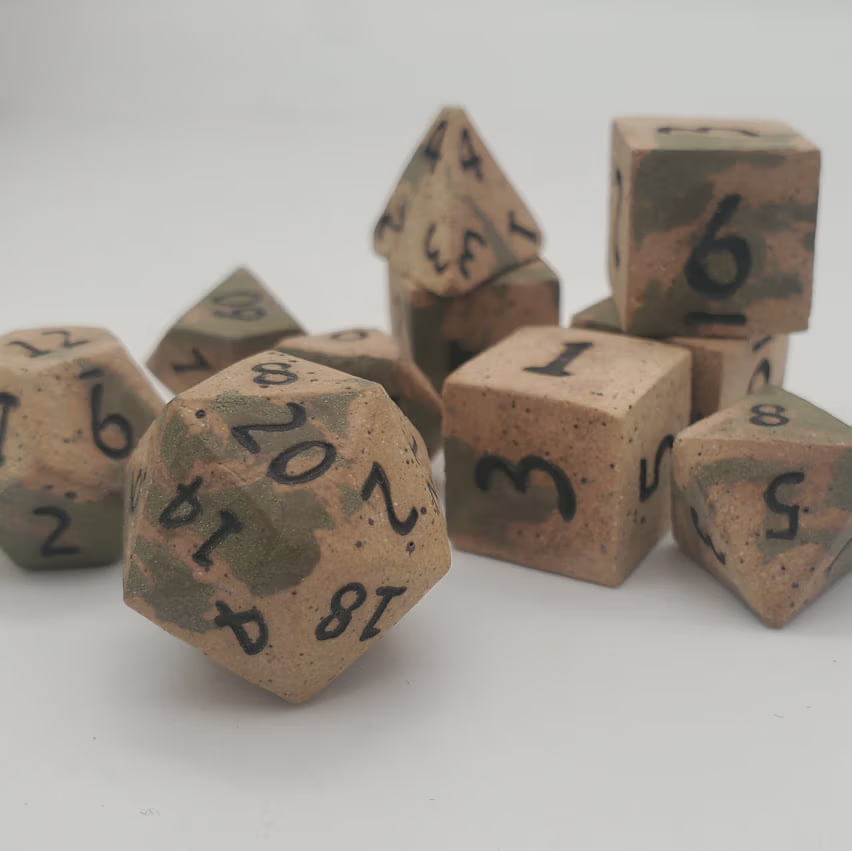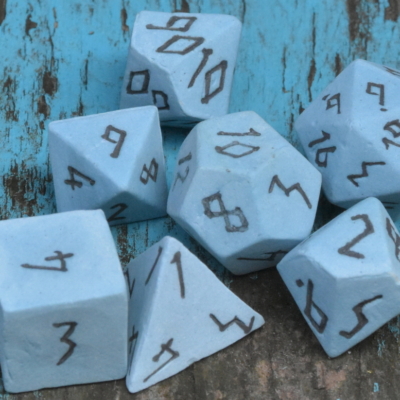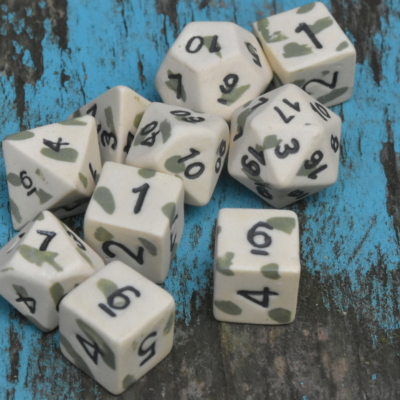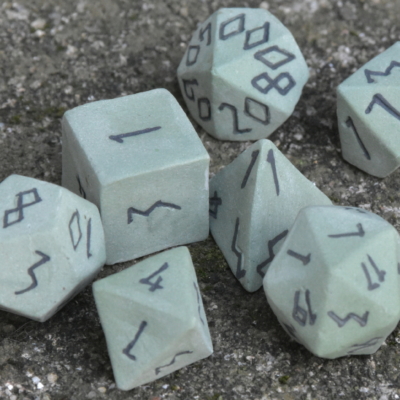Understanding Alignment in D&D: A Deep Dive into Character Development
Alignment is a crucial component of character creation in Dungeons & Dragons (D&D), offering a framework for how characters perceive and interact with the world. This guide will explore alignment’s impact on developing a Gold Dragonborn Wizard, offering insights for both beginners and advanced players.
The Basics of Alignment
In D&D, alignment is typically defined along two axes: Law vs. Chaos and Good vs. Evil. Each character can be placed within this matrix to determine their moral and ethical perspective.
- Lawful Good: Characters that value order, honor, and doing what is right.
- Chaotic Evil: These characters are often unpredictable, driven by personal gain without regard for others.
A Gold Dragonborn Wizard often aligns with Lawful Good due to their inherent inclination towards order and justice. However, the beauty of D&D lies in the flexibility it offers—players can choose an unexpected path, such as Chaotic Neutral, adding layers to character development.
Tips for Beginners
- Understand your chosen alignment’s core principles.
- Create backstories that justify your character’s alignment decisions.
Advanced Character Development Techniques
Advanced players may explore dynamic alignments where characters evolve over time based on their experiences. For instance, a Gold Dragonborn Wizard who begins as Lawful Good might shift towards Neutral Good after witnessing widespread corruption within legal systems they once trusted.
Alignments and Magic
The magic you wield as a wizard can reflect your alignment choice. A Lawful Good wizard may focus on spells that protect and heal allies, whereas a Chaotic Evil counterpart might specialize in offensive or deceptive magic.
 This Moss Druid Ceramic Dice Set perfectly complements any magical adventure. Its natural aesthetic fits seamlessly with wizards who draw power from nature’s wisdom.
This Moss Druid Ceramic Dice Set perfectly complements any magical adventure. Its natural aesthetic fits seamlessly with wizards who draw power from nature’s wisdom.
The concept of alignment in D&D is a key element that shapes the personality, behavior, and motivations of your character. It is a moral compass that guides your character’s decisions and actions. For a Gold Dragonborn Wizard, the alignment can greatly influence their journey and the choices they make. Typically, Gold Dragonborns lean towards the Lawful Good alignment, reflecting their innate sense of order, justice, and virtuous conduct. However, D&D’s beauty is in its flexibility. Players are free to select an unconventional alignment, like Chaotic Neutral, which can add a unique dimension and complexity to their character’s development.
For beginners, understanding the basic principles of your chosen alignment is crucial. It forms the foundation of your character’s personality and guides their actions within the game. Creating a backstory that justifies your character’s alignment choices can also enrich your gameplay. For instance, a past event or experience that shaped your Gold Dragonborn Wizard’s outlook towards life and morality can be a powerful narrative tool. Moreover, as you become more comfortable with the game, you can experiment with dynamic alignments. This technique allows for character evolution over time, based on their experiences and interactions within the game world.
Your character’s alignment can also influence their magical abilities. A Lawful Good Gold Dragonborn Wizard, for instance, may prefer spells that help protect and heal their allies. On the other hand, a Chaotic Evil wizard might lean towards destructive or deceptive spells. For those wanting to enhance their D&D sessions, the Moss Druid Ceramic Dice Set is a wonderful addition. Its natural aesthetic aligns well with wizards who draw their powers from the wisdom of nature, providing a tangible element to your magical adventures.
-
Runic Windcaller Ceramic Dice Set
Select options This product has multiple variants. The options may be chosen on the product page -
Ancient Oasis Ceramic Dice Set
Select options This product has multiple variants. The options may be chosen on the product page -
Runic Forgotten Forest Ceramic Dice Set
Select options This product has multiple variants. The options may be chosen on the product page




